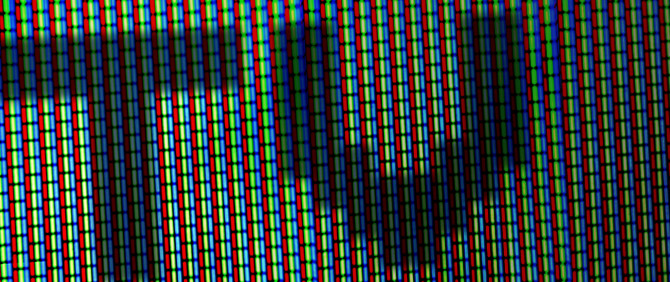museu
Insects that give us wings
Although insects generally produce rejection and we associate them with annoying or harmful bugs, they are really fundamental animals for the planet since they pollinate most flowers (including our crops), eliminate manure and corpses, they are key in many trophic chains and could even serve as food. The following spoke: Jorge Mederos and Gloria Masó, […]
Climate change, critical level
Global warming has not stopped since the industrial revolution and in the Quèquicom we are also witnesses. In 2006 we dedicated a report to climate change. In 2019, thirteen years later, we made an update. We will see how has evolved the CO2 in the atmosphere, the temperature of the sea in Estartit, the fish […]
Tractors, from the mule to the microchip
Since its inception agriculture had several technological revolutions, which have always gone in the direction of saving effort and increasing efficiency: animal traction, mechanization, precision and interconnection. Only robotics is lacking, and the farmer will not have to move a single finger to work in the field. The following spoke: Jordi Terrazas, Equibru, Joan and […]
The painting awakens
We will visit the rock shelters of Ulldecona with one of the most important deposits of cave paintings of Catalonia. We will see how the pictorial capacity in children from 1 to 4 years increases, and we will compare it with the pictorial capacity of the adult chimpanzees. The following spoke: Ramon Viñas, an anthropologist […]
Laia, a branch in human evolution
The evolution up to Homo sapiens is a puzzle of many pieces that is intertwined in the past and we still have much to discover. In 2011, at the Can Mata dump, at Hostalets de Pierola, a piece of this puzzle was found: the fossil remains of a primate distant relative of humans. The specimen was […]
Evolution, after Darwin’s footsteps
Charles Darwin proposed natural selection as the mechanism of evolution, inspired by the finches of the Galapagos islands, fossils of Patagonia, or domestic pigeons. In Catalonia can be found completely equivalent examples: Pyrenean cave beetles, rodent fossils, or a new breed of mini-pigs intended for biomedical research.







